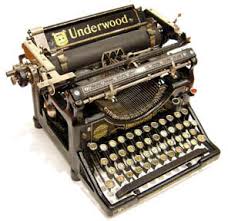Notecards
 In the last few years I’ve spent a lot of time talking about outlining stories because I’ve been trying to find a way to write without getting lost down paths that yield moments that don’t work. I’ve gotten better and better at getting it right earlier on, in part due to outlines, but admittedly in part just due to practice.
In the last few years I’ve spent a lot of time talking about outlining stories because I’ve been trying to find a way to write without getting lost down paths that yield moments that don’t work. I’ve gotten better and better at getting it right earlier on, in part due to outlines, but admittedly in part just due to practice.
The sequel to the upcoming novel, For the Killing of Kings, was much easier to write than its predecessor. One reason is that by the time I started work on book 2 I had a good handle on the world and the characters. I believe it’s always going to be a challenge starting a new work when you’re writing of an invented place because you need to get familiar with the world and the characters moving through it. 
But another reason it went well is because of the outline permutation I developed. I don’t know if it would have helped me in the past, but I know it helped me in the composition of the second book, and it’s helping me outline book 3.
First, I sit down with pen and notebook in hand and I start writing down all the things I want to happen to the characters — what they’re wanting to do, who it would still be fun for them to interact with (what sparks will fly when I get THESE two together) and situations that are unresolved. As I’m writing, many of the elements are in order, but some of them aren’t.
Second, I write down the different concerns and developments on notecards, indicating at the top who the viewpoint character is, and what “act” of the book it’s from. I usually think in a three act structure.
Third, I begin to order the events as would be most logical AND entertaining. As I work on the notecards and their order, additional moments and conflicts suggest themselves, and I add them into the mix.
Fourth, I end up with the REAL pattern of the book, and then I start work on a much more solid outline.
For my previous thoughts on outlining, check here, or look over the various articles in my writing category.
1 Comment